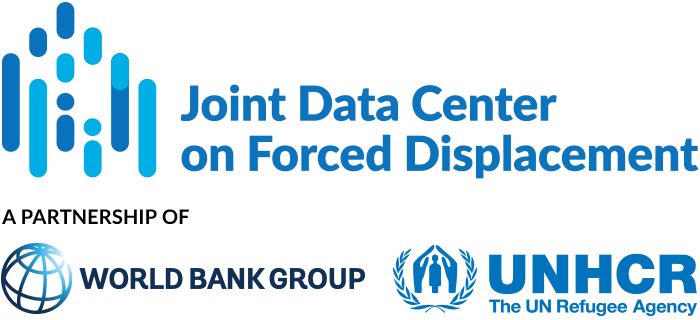JDC Literature Review
The JDC literature review contains summaries of recent publications and academic scholarship on issues relating to forced displacement.
The labor market integration of Syrian refugees in Turkey
This paper examines the labor market integration of Syrian refugees in Turkey. Since 2018, Syrian refugees in Turkey have numbered more than 3.6 million.
Syrian Refugees and Human Capital Accumulation of Working-age Native Children in Turkey
This paper examines the effect of Syrian refugees on the school enrollment and employment of working-age native children in Turkey. The authors analyze the distributional effects of the refugee shock for children with various levels of parental education.
Refugee mobilities in East Africa: understanding secondary movements
This article examines the mobility aspirations of refugees in Kenya, Uganda, and Ethiopia, and includes an in-depth analysis of the mobility patterns of refugees in Kenya. The research challenges common assumptions about refugee mobility, that: (1) most refugee secondary movements (the movement of refugees from the first country in which they arrive) are South-North; (2) refugee movements are predominantly irregular; (3) aspirations to move translate into actual movements; and (4) refugees who remain in regions of origin are largely immobile.
The effectiveness of therapeutic interventions on psychological distress in refugee children: A systematic review
This paper systematically reviews existing research on the effectiveness of psychological interventions in reducing symptoms of distress amongst refugee and asylum-seeker children.
Gender-based violence and its associated factors among internally displaced women in Northwest Ethiopia: a cross-sectional study
This study analyzes the prevalence of gender-based violence (GBV) and its associated factors among internally displaced women (IDW) in northwest Ethiopia. As of September 2021, IOM (International Organization for Migration) estimated there were 2.6 million internally displaced people in the three regions (Tigray, Amhara, and Afar) in northern Ethiopia.
School integration of Syrian refugee children in Turkey
This paper analyzes the school integration of Syrian refugee children in Turkey. Syrian refugees began fleeing to Turkey in 2011. Turkey currently hosts 3.7 million Syrian refugees, of which 47 percent are under 18 and a third are school aged (aged 5–17).
Macroeconomic volatility and anti-refugee violence in developing countries: Evidence from commodity price shocks
This paper examines the effect of macroeconomic volatility on anti-refugee violence in developing countries. The author focuses on exogenous commodity price shocks since commodity exports constitute a substantial share of national income for most developing countries and changes in world commodity prices are exogenous to each developing country. The analysis covers a sample of 98 low- and middle-income refugee-hosting countries between 1996 and 2015.
How do policy approaches affect refugee economic outcomes? Insights from studies of Syrian refugees in Jordan and Lebanon
This paper examines how different policy environments in Jordan and Lebanon have shaped economic outcomes for Syrian refugees, with a focus on education, work, social assistance, and welfare outcomes. In Jordan, the population census identified 1.3 million Syrians living in the country, of whom around 650,000 are recorded as registered refugees by UNHCR. In Lebanon, the government estimates that Syrian refugees numbered 1.5 million in 2021, while UNHCR Lebanon reports 850,000 registered Syrian refugees.
How to cope with a refugee population? Evidence from Uganda
This paper estimates the causal effect of a refugee presence in Uganda on the material welfare of the host population between 2009 and 2012. Uganda’s refugee policies are among the most progressive in the world; refugees are accommodated in settlements, given plots of land and seeds to engage in farming, can access health and education, and have the right to work and move freely. Uganda’s approach has also involved providing support to refugee-hosting communities.
Forced migration: evidence and policy challenges
This article presents a summary of Volume 38, Issue 3 of the Oxford Review of Economic Policy, which focuses on forced migration. The issue explores: (1) what are the mechanisms by which refugees should be managed, and what frameworks should be used for supporting them? (2) how can policy support the integration of refugees into host economies and what are the likely consequences of this integration? (3) how are host communities likely to respond to the influx of refugees, and how can policy help to smooth this transition? And (4) what role can policy play to encourage resilience among refugees and IDPs and support their return?


